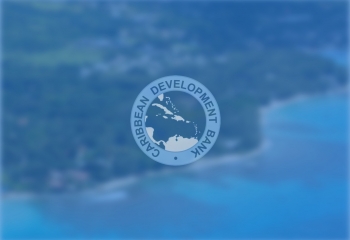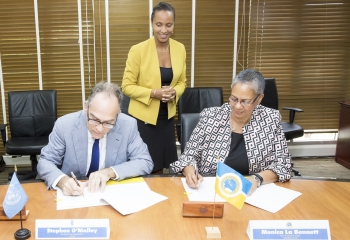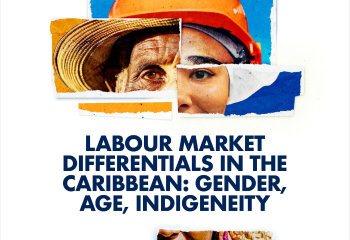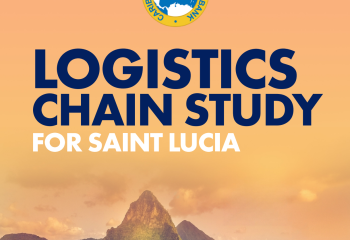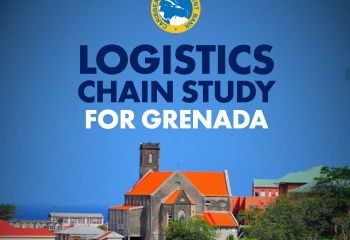2022 Annual News Conference- Dr. Gene Leon
St. Michael
Barbados
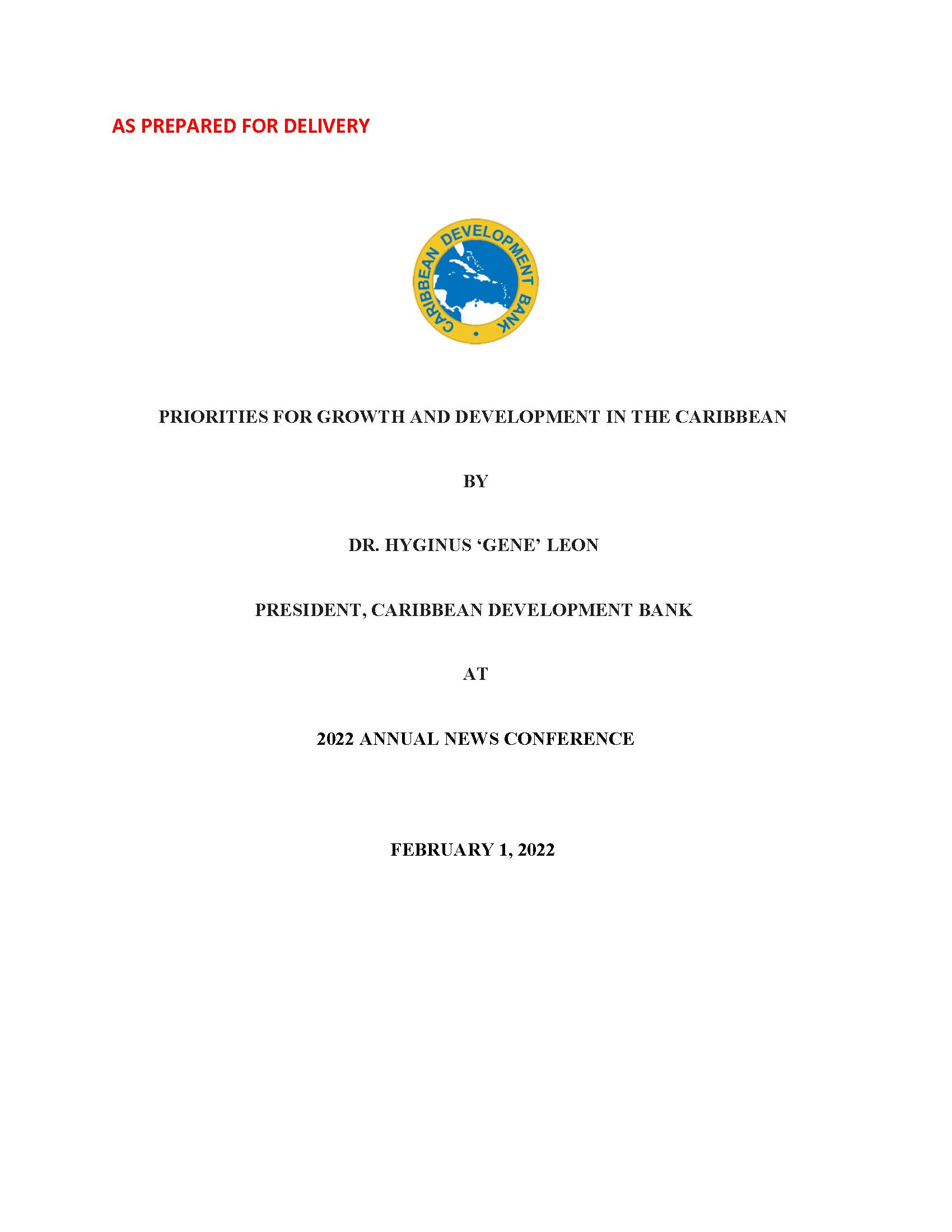
Good morning and welcome to our 2022 Press Conference.
I would like to focus on key priorities for sustainable development for the region and on how best to marshal the needed financing.
The pandemic has debilitated our Region, resulting in significant loss of life; decimating productive sector activities; disrupting education services; exacerbating gender and income inequalities; and disproportionately affecting poor and vulnerable groups in our society. The development of the vaccines and their rapid distribution in our major trading markets has helped to spur a nascent recovery especially among our service-producing Borrowing Members Countries (BMCs), but growth in the region remains subpar. Prospects for raising growth levels will partly hinge on how successfully we, as a region, can bend the infection curve through a overcoming “vaccination hesitancy”.
With rising debt levels, limited fiscal space, and declining export receipts, our sustainable development trajectory will hinge significantly on how quickly we can address our legacy structural weaknesses, preserve macroeconomic stability, and build a more resilient ecosystem to cope with climate change.
I would like to reiterate that sustainable development is about improving the capabilities of the peoples of the region. This means raising their standard of living, self-esteem and confidence and imbuing them with freedom of choice. Doing this successfully will require building a resilient ecosystem founded on the principles of innovation, knowledge creation, and accumulation.
Our development path must encompass all dimensions of resilience (that is the Social, Institutional, Production Capacity, Environmental and Financial) if we are to achieve the Sustainable Development Goals and truly transform our economies and the lives of the peoples of the region.
In our view, achieving sustainable development necessitates prioritising five critical areas, which map into our five areas of resilience:
First, Fostering Learning and Health Networks and a Growth Mindset to enable the peoples of the region to cope, adjust and bounce back from social, economic and environmental shocks. This means deploying digital technology to deliver on universal medical service coverage and on developing region-wide learning systems that leverage scale and efficiency to promote inquiry, discovery, and problem solving.
Second, Driving Economic Diversification through embracing innovation to create opportunities that contribute to the provision of jobs, health, and shelter for all. We must develop the blue, green and orange economies as a connected knowledge and industrial chain.
Third, Mainstreaming Climate Adaptation and Sustainable Energy – by designing policies to mitigate and adapt to the impact of climate change and embracing sustainable and efficient energy solutions. Let us implement a self-sufficient, unified, low-carbon and efficient renewable energy grid, with generation, storage, and distribution modalities to sustain a 90 percent electrification goal across the region by 2035.
Fourth, Improving Governance and Reducing the Implementation Capacity Deficit. We should take bold steps to support decision making by implementing a progressive and structured reform program to reduce our implementation capacity deficit by 50 percent by 2035.
Fifth, Developing an Innovative Financing Ecosystem that distinguishes financing for Rescue, Recovery and Repositioning. Our financing needs necessitate addressing both the legacy debt stock and new flow financing for development. This requires a wide spectrum of financing instruments underpinned by a strong regulatory environment and an appropriate financial market infrastructure.
To elaborate further, Financing for Rescue needs to be highly flexible and targeted for meeting liquidity needs arising from emergencies, especially natural hazards, be sufficient, have minimum conditionality, and with automatic triggering for fast paced disbursement. Possible instruments include: (i) the CDB’s Emergency Policy-based Loans; (ii) the Caribbean Catastrophe Risk Insurance Facility; (iii) Insurance-Linked Securities (ILS) such as catastrophe bonds; and (iv) rapid disbursing credit and investment facilities such as provided by the IMF.
Financing for Recovery provides liquidity for rebalancing and to jumpstart repositioning. Possible instruments include (i) Policy Based Loans, (ii) Program-based Operations; (iii) Extended Financing Facilities; and (iv) Contingent Credit Facilities. These instruments serve the short-term need of jumpstarting and restoring activities following an external shock.
Financing for Repositioning provides affordable financing to support competitive, high productivity, and inclusive economies capable of delivering on sustainable development goals. Possible instruments include concessional and non-concessional financing, public and private sector-sourced finance, as well contingent and noncontingent financing instruments, for example:
- SDG-themed Bonds that target positive environmental and/or climate benefits; blue bonds to finance projects for ocean conservation and marine biodiversity; orange bonds for growing our cultural and creative industries (e.g., calypso and steelpan).
- CDB SDR-denominated Resilience Bonds that could be directly issued to our Borrowing Member Countries in exchange for their contributions of SDRs.
- Contingent Debt Instruments that Price-in Reforms, with successive tranches refinanced at lower interest rates conditional on progress in implementing and sustaining key policy and development reform priorities.
- Private equity for funding specific development-related objectives with auxiliary governance and taxonomies to monitor, evaluate, and ensure achievement of goals. These include syndicated debt, partial risk guarantees, collateral, and first-loss capture.
- Concessional Finance such as donor, bilateral, and philanthropic funding, and specific themed funding, such as the Global Climate Fund and the Adaptation Fund. We have proposed the use of an internal resilience capacity-adjusted GNI measure (the Recovery Duration Adjuster) as a more appropriate and equitable measure for use in classifying countries for access to increased concessional finance.
In closing, I want to emphasise that our development challenge is not merely to recover lost ground and close the distance to achieving the Sustainable Development Goals, but to fundamentally alter the development path so that our societies can be placed on a higher and more sustainable welfare path in the future.
